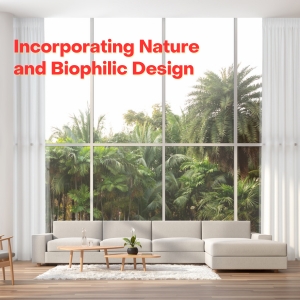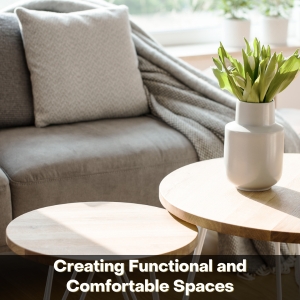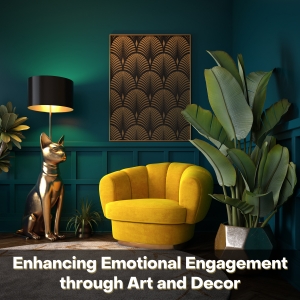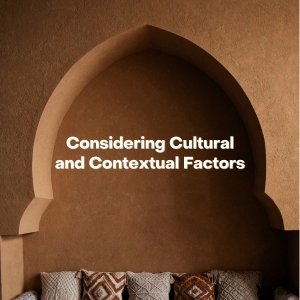Announcement
We are excited to announce the Indus Hackathon 2025, an exhilarating one-day event organized by the CSE Department of Indus University....Read more We are excited to announce the Indus Hackathon 2025, an exhilarating one-day event organized by the CSE Department of Indus University.
26th ISTE Faculty Annual State Convention will be held at Indus University on April 27, 2023....Read more 26th ISTE Faculty Annual State Convention will be held at Indus University on April 27, 2023.
26th ISTE GUJARAT STATE ANNUAL FACULTY CONVENTION & CONFERENCE ON APRIL 27,2023. MORE DETAILS WILL BE SHARED SOON....Read more 26th ISTE GUJARAT STATE ANNUAL FACULTY CONVENTION & CONFERENCE ON APRIL 27,2023. MORE DETAILS WILL BE SHARED SOON.
We are excited to announce the Indus Hackathon 2025, an exhilarating one-day event organized by the CSE Department of Indus University....Read more We are excited to announce the Indus Hackathon 2025, an exhilarating one-day event organized by the CSE Department of Indus University.
26th ISTE Faculty Annual State Convention will be held at Indus University on April 27, 2023....Read more 26th ISTE Faculty Annual State Convention will be held at Indus University on April 27, 2023.
26th ISTE GUJARAT STATE ANNUAL FACULTY CONVENTION & CONFERENCE ON APRIL 27,2023. MORE DETAILS WILL BE SHARED SOON....Read more 26th ISTE GUJARAT STATE ANNUAL FACULTY CONVENTION & CONFERENCE ON APRIL 27,2023. MORE DETAILS WILL BE SHARED SOON.

The psychology of design explores the relationship between design elements and human emotions, highlighting the built environment's impact on our well-being. Creating spaces that evoke positive emotions is crucial for enhancing individuals' satisfaction and overall quality of life. By understanding the psychological aspects of design, we can create environments that promote joy, calmness, and comfort.
Design elements such as colours, lighting, textures, and spatial layout profoundly influence our moods and emotions. Colours, for instance, can evoke different emotional responses. Warm colours like red and orange are often associated with energy and excitement, while cool colours like blue and green create a sense of calmness and relaxation. Designers can create specific emotional atmospheres in different spaces by strategically using colours.
Colour psychology is a powerful tool for creating spaces that promote positive emotions. Designers can influence individuals' moods and emotional states by selecting the right colours for different areas. For example, vibrant and energetic colours can be used in recreational spaces to evoke excitement and liveliness. In contrast, soft and soothing colours can be employed in bedrooms or relaxation areas to create a sense of tranquillity and peacefulness.
Incorporating natural elements in design has been shown to have numerous psychological benefits. The biophilic design emphasizes the connection between humans and nature and can enhance emotional well-being. Including plants, natural light, and views of nature in indoor and outdoor spaces can evoke positive emotions, reduce stress, and improve cognitive function. The biophilic design promotes a sense of harmony with the environment, creating rejuvenating and uplifting spaces.
By bringing nature indoors, such as incorporating a living green wall or integrating natural materials like wood, designers can create a sense of tranquillity and connection to the natural world. Maximizing natural light through large windows or skylights can also enhance the emotional experience, as exposure to daylight has been linked to improved mood and productivity.


Functionality and comfort are vital in promoting positive emotions within a space. When designing environments, it is crucial to prioritize the practical needs of the users while ensuring their comfort and well-being. Several factors contribute to creating functional and comfortable spaces, including ergonomic furniture, adequate lighting, and proper spatial planning.
Ergonomic furniture is designed to help the natural posture and movements of the human body, promoting physical comfort and reducing the risk of strain or injury. By incorporating ergonomic chairs, desks, and workstations, designers can enhance productivity and create a more comfortable user environment. Additionally, considering the needs of individuals with varying abilities and mobility can further improve inclusivity and comfort within a space.
Proper lighting is another critical aspect of creating functional and comfortable spaces. Adequate lighting levels and appropriate lighting fixtures contribute to a sense of well-being and comfort. Natural light is particularly beneficial, as it has been shown to affect mood and productivity positively. Maximizing access to natural light through well-placed windows, skylights, or light wells can significantly enhance the emotional experience within a space. In areas with little natural light, incorporating artificial lighting that mimics natural light can help create a similar ambience.
Spatial planning is key to optimizing the functionality and comfort of a space. The flow of movement, accessibility, and furniture and equipment arrangement can significantly influence the overall experience within the environment. By ensuring that the layout supports efficient movement and interaction, designers can create spaces that feel open, inviting, and conducive to positive emotions. Flexibility and adaptability in spatial design are also necessary, allowing users to customize the space to meet their needs and preferences.
Art and decor play a significant role in evoking specific emotions and enhancing the overall ambience of a space. Thoughtfully chosen artwork, sculptures, and decorative elements can create focal points and stimulate positive emotional responses within a room. The selection of art styles, themes, and colours can profoundly impact a space's emotional atmosphere.
Different art styles evoke other emotions. For example, abstract art, with its vibrant colours and dynamic shapes, can create a sense of energy and stimulation. At the same time, serene landscapes or nature-inspired artwork can induce feelings of calmness and tranquillity. Understanding the emotional impact of different art styles allows designers to curate an environment that aligns with the desired emotional experience for the users.

Decorative elements such as plants, textiles, and accessories can also contribute to emotional engagement within a space. Indoor plants not only add visual interest but also provide a connection to nature, promoting a sense of calm and well-being. Textiles like soft cushions or warm rugs can create a cosy and inviting atmosphere. Accessories such as artwork, photographs, or personal mementoes can imbue a space with personal meaning and evoke positive emotions.

Cultural and contextual factors significantly influence emotional responses to design. Cultures have unique preferences, symbolism, and associations with colours, patterns, and spatial arrangements. Understanding the cultural background and preferences of the intended users is crucial to creating spaces that resonate with their emotional needs and values.
Designers must consider the cultural context of space to ensure that it is inclusive and respectful of diverse cultural perspectives. Incorporating elements that reflect local customs, traditions, and aesthetics can create a sense of familiarity and comfort for users. Adapting design choices to suit the cultural and contextual requirements of the environment ensures that the space is both functional and emotionally engaging for its intended users.
Creating spaces that promote positive emotions requires thoughtful consideration of various design elements. By strategically prioritizing functionality and comfort, strategically incorporating art and decor, and considering cultural and contextual factors, designers can craft environments that positively influence human emotions and overall quality of life.
